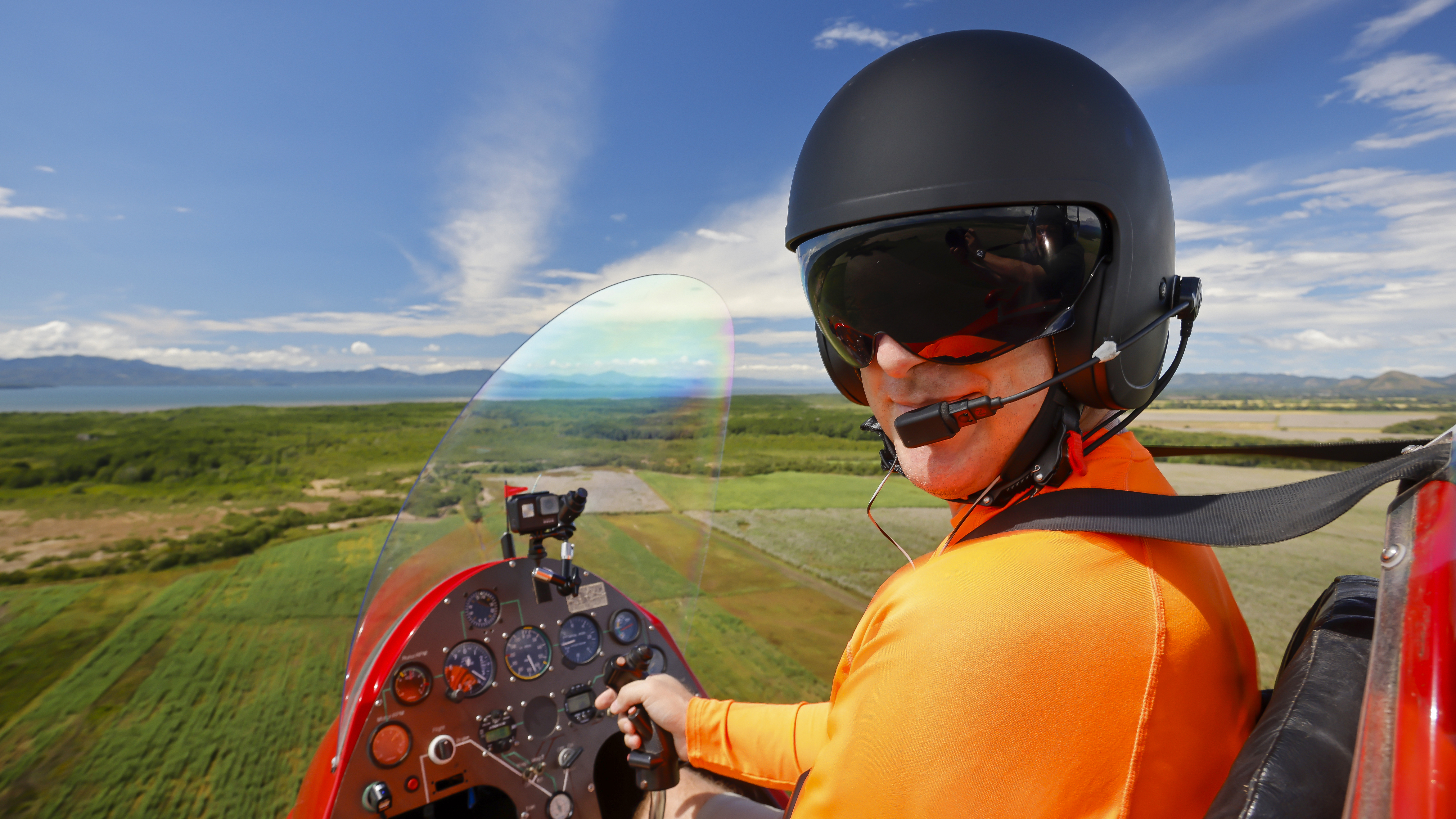Gyro Hero: Sorta safe
Exploring the complicated history of gyroplane accidents
How safe is it? Whether we ask the question out loud or only to ourselves, it’s a primary consideration for any type of flying we do.

I’ve heard people say they believe—wrongly, I should add—that flying a helicopter is dangerous, so they won’t do it. Some people feel that way about aging airplanes or singles at night, or twins.
Since 1983 the NTSB lists 384 gyroplane accidents, a whopping 141 of which were fatal. Unfortunately, those numbers are useless without context. And the FAA doesn’t separate gyroplanes from helicopters in its annual survey of general aviation operators, so gathering accident rate information is impossible.
What’s perhaps most telling is that approximately 36.5 percent of all accidents were fatal. The latest data for noncommercial fixed-wing airplane accidents shows only 18 percent of those to be fatal, meaning that if you have an accident in a gyroplane you’re half as likely to walk away. That’s not insignificant.
Another way to look at the rate of accidents is through aircraft registrations. In 2018 Dan Johnson published a story reporting that 312 gyroplanes were registered in the United States. I think that number is probably higher today, but if we’re making a lot of assumptions, we can say that roughly 10 percent of all gyroplanes crash in the United States in any particular year, roughly three of which will be fatal.
But I think that’s skewed. First, it’s over a 30-year period, and the community grows and shrinks, so these are wild guesses. Plus, until only a few years ago, all gyroplanes were experimental aircraft, which we know have a higher accident rate. And many of the pilots came from the ultralight community with little formal training.
Things have changed considerably as higher-end machines have come on the market with proper certification, testing, and manufacturing processes. Some are certified in Europe, and a few in the United States as well. With the sport pilot rules, the training has been formalized, and a few respected and professional schools have opened up shop. The bottom line? I think flying a gyroplane is safer now than it was in the past.
Looking at the fatal accidents for the 10 most recent years, we see a wide range of issues. A few are puzzling and lack a good explanation, but the rest can be attributed to engine failures in unusual engines, control system failures on poorly built and maintained experimental gyroplanes, low flying, and at least one pilot who flew a gyroplane when he wasn’t rated for it.
Nonfatal accidents of the past few years show some obvious deficiencies in ground handling, especially during landings. One pilot ran out of fuel after a fuel line ruptured, another was maneuvering at low altitude and became distracted, and one decided to continue a takeoff under questionable circumstances. It all points to the same type of problems we see in airplanes.
One important point of fact is raised by a study published years ago in the journal Aviation, Space, and Environmental Medicine that said that pilots with fewer than 40 hours in the make and model of gyroplane they were flying were five times more likely to have a loss of control accident than more experienced pilots. Given that this study was published just as the sport pilot rules were issued, I’m not sure the same trend holds today. But I think I’ll make sure to put fuel in the aircraft, keep up on maintenance, work on my takeoffs and landings, and try not to be an idiot.
Oh, and I’ve ordered a helmet.



